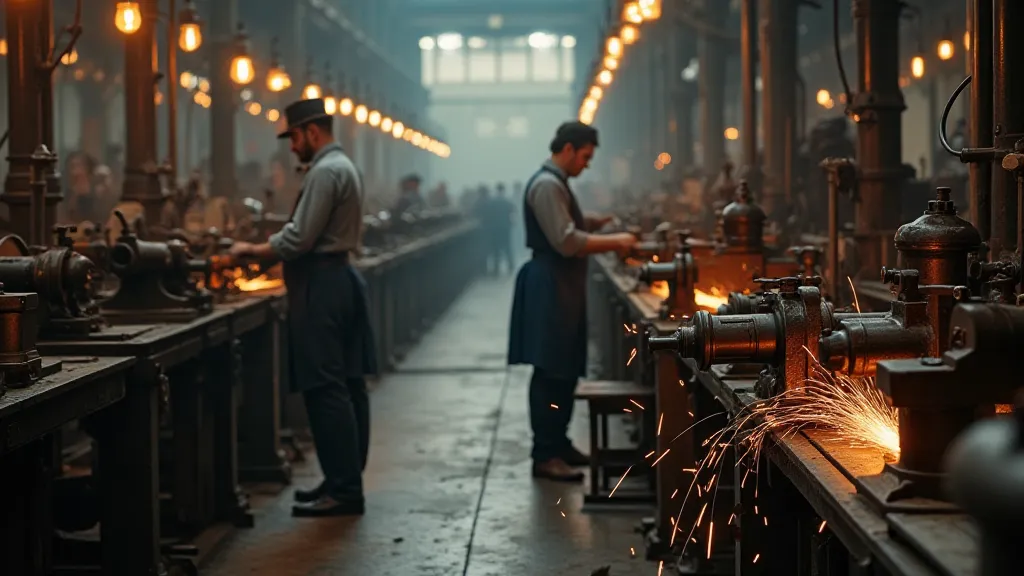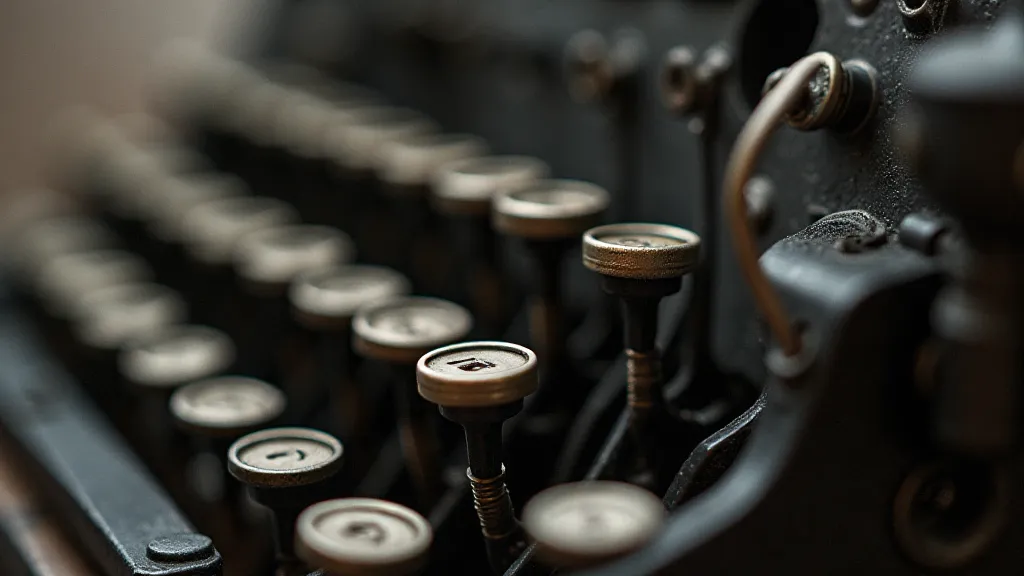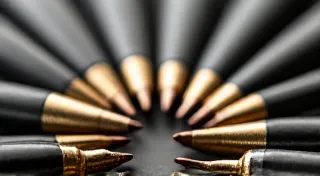The Foundry’s Whisper: How Industrialization Forged the Voice of Writers
The clatter. It’s a sound most of us have only encountered in films or old recordings, a rhythmic percussion that evokes a forgotten era. It’s the sound of a typewriter. But that sound is more than just mechanics; it's the echo of a revolution, born in the heart of industrialization and fundamentally reshaping the world of writing. To truly understand the typewriter isn’t just to appreciate a piece of vintage technology, but to grasp how a shift in manufacturing processes profoundly impacted culture, communication, and the very notion of authorship.
My grandfather, a meticulous accountant, kept an Underwood Standard in his office for decades. It wasn’t just an office equipment; it was a guardian of his professional identity. I remember being a child, fascinated by the way his fingers danced across the keys, each strike producing a crisp, uniform letter. There was a certain dignity to the process, a tangible connection between thought and creation that felt absent in the digital world. He’s gone now, but the memory of that clatter, the scent of the oil on the machine, remains a powerful, almost physical sensation. It’s a feeling I try to recapture whenever I handle a typewriter today.
Before the Machine: The Scribal World
Before the mid-19th century, writing was largely a manual, laborious process. Scribes painstakingly copied documents, often for legal or religious purposes. Personal correspondence was handwritten, requiring a level of skill and patience most people didn't possess. The democratization of writing was severely limited, concentrated in the hands of a literate elite. Accuracy was a gamble, and the sheer effort involved often deterred wider participation in written communication. It was a world steeped in the romance of calligraphy, but also constrained by its inherent exclusivity.
Many inventors tinkered with mechanical writing devices, but the early attempts were often clumsy and unreliable. The "literary piano," for instance, was more of a novelty than a practical tool. The crucial breakthrough didn't come from a single "Eureka!" moment but from the confluence of several innovations and the rise of precision manufacturing.

Christopher Latham Sholes and the First Commercially Successful Typewriter
Christopher Latham Sholes, a Milwaukee printer and newspaper editor, is generally credited with inventing the first commercially successful typewriter. Along with his colleagues, Carlos Glidden and Samuel W. Soule, he began experimenting with a machine designed to assist the blind. The initial design, patented in 1868, was far from elegant - a cumbersome affair with a "typewheel" that rotated to select the desired letter. But it was a starting point.
Crucially, Sholes recognized the importance of standardization. The QWERTY layout, now so familiar (and often criticized!), was deliberately designed to slow down typing speed to prevent the type bars from jamming – a common problem with early designs. This wasn't an act of malice, but a practical solution to a mechanical limitation. It’s a fascinating example of how early compromises shaped technology for generations to come.
The Rise of Industrial Manufacturing: A Perfect Storm
The success of Sholes’s invention wasn't solely about the machine itself; it was inextricably linked to the rise of mass production. The Industrial Revolution had revolutionized manufacturing processes, bringing about unprecedented levels of precision and efficiency. The ability to cast identical parts, to assemble complex mechanisms with relative ease – these were essential for creating typewriters at a price point that could reach a wider market.
Remington, a company renowned for manufacturing firearms, saw the potential of the typewriter and acquired the patents from Sholes and his partners in 1873. Their expertise in precision machining and mass production proved instrumental in transforming the typewriter from a niche novelty into a staple of office equipment.
The Impact on Writing and Society
The typewriter's impact on society was profound. It didn't just change how documents were created; it fundamentally altered the landscape of communication. Business correspondence became more efficient and professional. Legal documents were reproduced with greater accuracy. The typewriter became an indispensable tool for journalists, lawyers, and academics.
Perhaps even more significant was the typewriter’s impact on women. It opened up new employment opportunities in offices, providing a path to financial independence for many women who previously had limited career options. The image of the female typist became a recognizable symbol of the changing role of women in society.

The Golden Age and Beyond
The late 19th and early 20th centuries witnessed a "golden age" for typewriters. Numerous manufacturers emerged, each vying for market share with innovative designs and features. The Underwood, the Royal, the IBM Selectric – these names became synonymous with quality and reliability.
As personal computers and word processors emerged in the late 20th century, the typewriter’s dominance waned. But the machine never truly disappeared. Today, there’s a growing appreciation for the craftsmanship and tactile experience of typewriters. Collectors seek out rare and collectible typewriters, drawn to their historical significance and aesthetic appeal.
Restoration and Collecting: Preserving a Legacy
Restoring a typewriter is more than just repairing a machine; it’s preserving a piece of history. It requires patience, a steady hand, and a deep understanding of mechanical principles. Cleaning, lubricating, and replacing worn parts can bring a neglected typewriter back to life, allowing future generations to experience the unique qualities of this remarkable invention.
For collectors, the appeal of typewriters lies not only in their historical value but also in their tangible connection to the past. Each machine tells a story – of the person who used it, the documents it produced, and the era it represents. Holding a typewriter in your hands is like touching a piece of literary history.

The Foundry’s Whisper Endures
The typewriter is more than just a machine; it's a symbol of a pivotal moment in history – a time when industrial innovation intersected with the democratization of writing. It reminds us of the tangible connection between thought, creation, and the printed word. The clatter of the keys may be quieter now, but the foundry’s whisper – the echo of the Industrial Revolution forging the voice of writers – continues to resonate.





